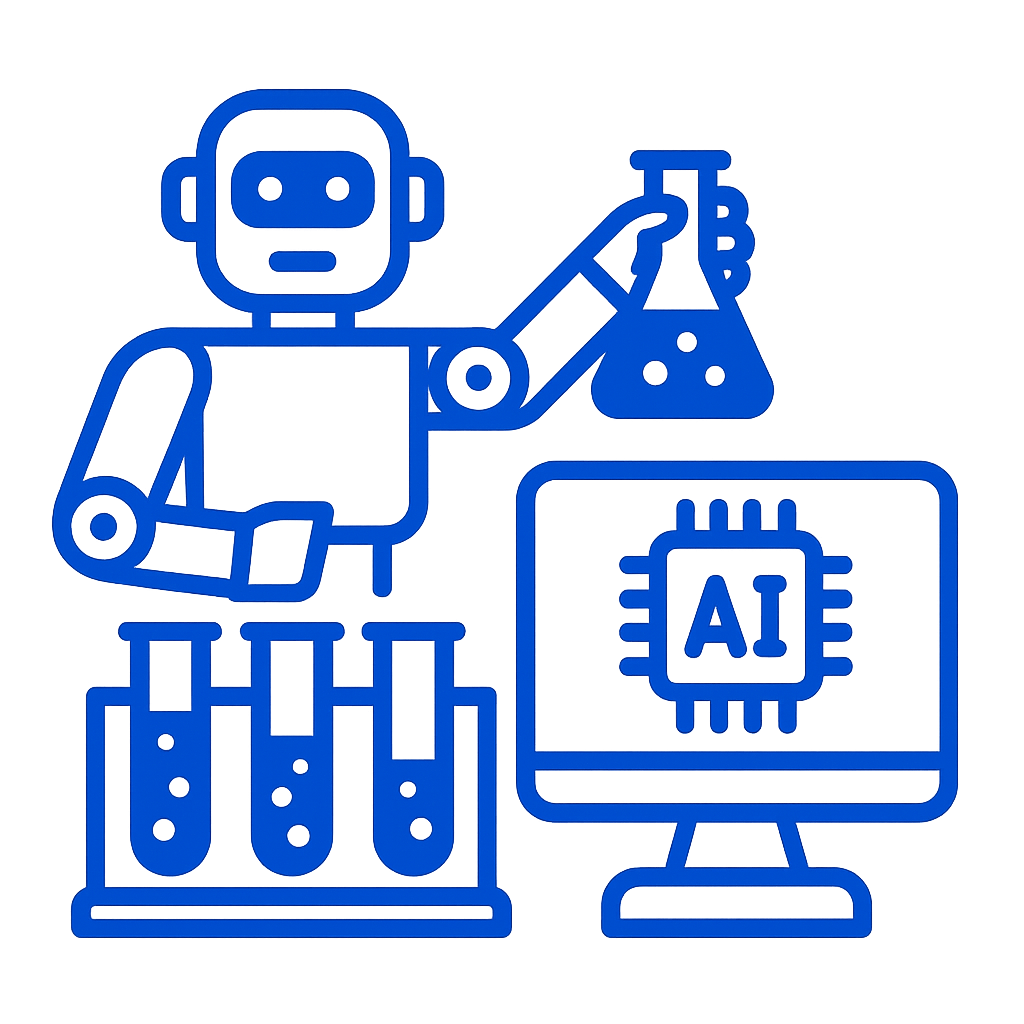Automation in pharmaceutical industry is reshaping lab operations in Romania, streamlining workflows, and boosting accuracy. With the global push for digital transformation and increasing regulatory pressure, Romanian labs are turning to automation to stay competitive. Discover how automation is unfolding in the local pharma sector, from the technologies used to real-world benefits and ongoing challenges.
What Drives Automation in Pharmaceutical Industry Today?
Automation in pharmaceutical labs is no longer optional. It’s driven by global demands for faster R&D, stringent compliance standards, and cost efficiency. Countries worldwide are embracing AI, robotics, and digital systems to modernize pharma manufacturing and research.
According to ZS, in 2024 the pharmaceutical industry is rapidly adopting digital health tools and AI to enhance patient outcomes and streamline operations. The pharmaceutical automation market is expected to reach $25.11 billion by 2031, growing at a CAGR of 10.8%, with Europe leading due to a strong focus on digital manufacturing, according to Meticulous Research. The ISPE highlights the Pharma 4.0™ model as a catalyst for aligning pharma operations with modern digital standards.
The shift is also being accelerated by the increasing complexity of drug development processes and the demand for personalized medicine. Automation allows labs to handle high-throughput screening, complex data analysis, and repetitive tasks more efficiently, making it a cornerstone for modern pharmaceutical innovation.
How Romanian Labs Embrace Pharmaceutical Automation
Romanian pharmaceutical labs are stepping into the automation era. The move is largely influenced by the need to meet EU compliance, improve productivity, and remain competitive in the global market.
Notable examples include Dr. Max’s automated distribution center in Bucharest, which employs 96 P500 picking robots to handle over 25,000 SKUs with 99.99% accuracy. Romania also hosts one of the largest pharmaceutical storage facilities in the region, a 35,000 sq m warehouse equipped with state-of-the-art automation systems, according to CTP.eu. These initiatives signal growing adoption and pave the way for widespread transformation.
Additionally, local companies are increasingly investing in Laboratory Information Management Systems (LIMS) and AI-powered tools for data management and predictive analytics. These technologies help streamline laboratory workflows and ensure traceability and compliance, offering Romanian labs an opportunity to align with global pharmaceutical standards.
Benefits and Challenges for Romanian Pharma Labs
Adopting automation comes with significant advantages, but it also poses real challenges. Romanian labs must balance efficiency gains with organizational readiness and costs.
As labs integrate new technologies, the impact becomes clear. Productivity improves, but change isn’t without friction. Cost, training, and system compatibility are major considerations.
Is the Future of Romanian Pharma Fully Automated?
While full automation is still on the horizon, trends suggest Romanian pharma labs will continue expanding digital tools and robotics. Support from EU policies and increasing case studies in local firms are likely to accelerate this growth.
As more labs in Romania adopt automation, the foundation for a tech-driven pharmaceutical future solidifies. Industry leaders expect greater integration of AI and robotics in the coming years.
According to PharmEng Technology, AI is revolutionizing drug development and testing, offering Romanian pharma a strategic edge. Future-focused labs that adopt automation now will be better positioned for regulatory and market demands in the years ahead.
In the coming decade, we can anticipate smarter, more agile pharmaceutical labs that leverage machine learning for real-time decision-making and predictive maintenance. This evolution will not only improve operational efficiency but also open new avenues for personalized medicine and global collaboration.
Automation in pharmaceutical industry is not just a trend; it’s a necessity for Romania’s labs aiming to stay compliant, efficient, and innovative. From AI-driven LIMS to warehouse robotics, automation tools are transforming how Romanian labs operate. Embracing this transformation, despite challenges, will be key for long-term competitiveness in the regional and global pharmaceutical landscape.
Got a Romanian Lab?
Related Articles

AI Agents Explained in Simple Terms
Discover what AI agents are, how they work, and why intelligent agents are reshaping automation across industries.

AI Solutions for HR That Transform Hiring and Retention
AI solutions for HR are transforming hiring and retention with faster recruitment, better cultural fit, and lower turnover rates.

Cross-Chain dApps Are Shaping Web3
Cross-chain dApps are shaping Web3 by streamlining UX, improving contract monitoring, and bridging fragmented blockchain ecosystems.

